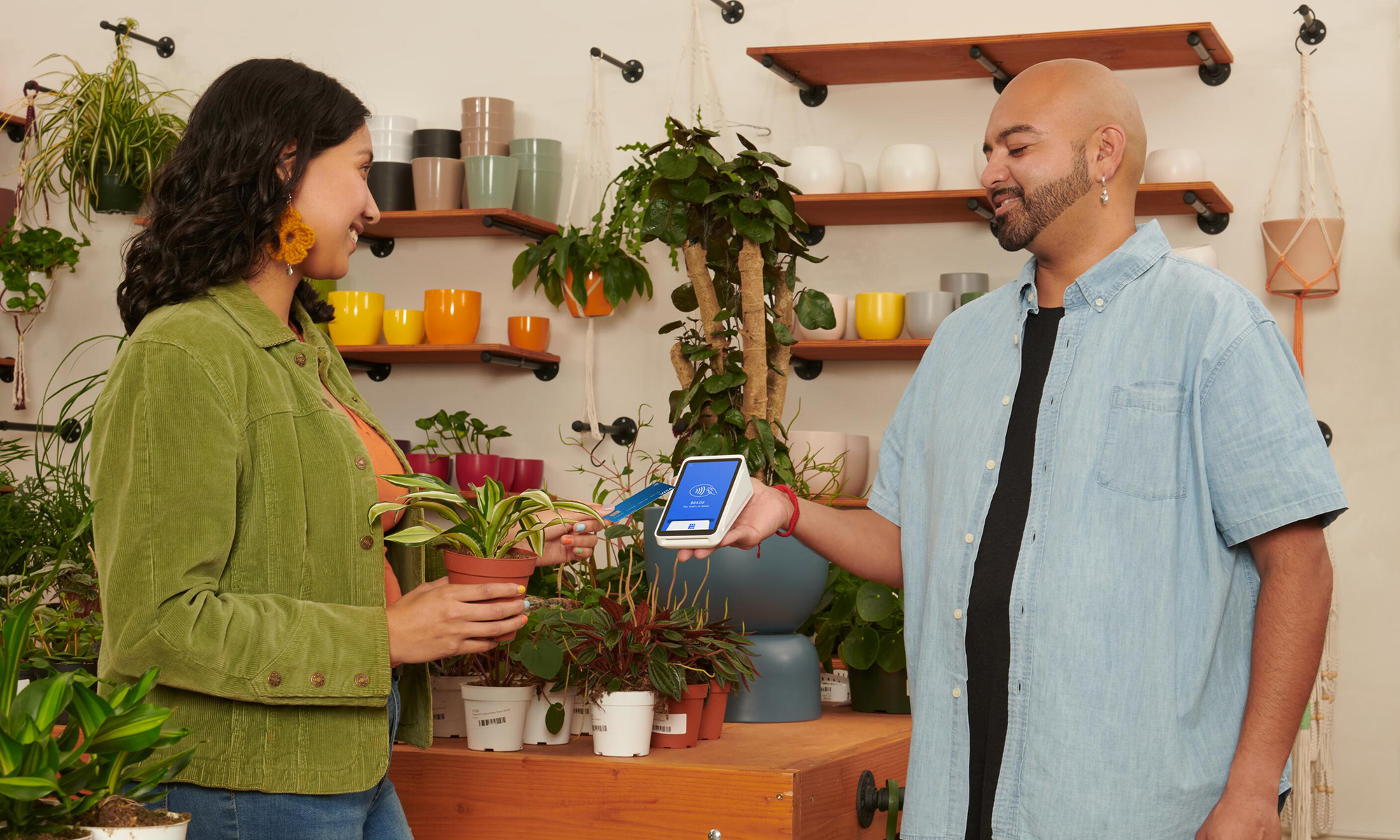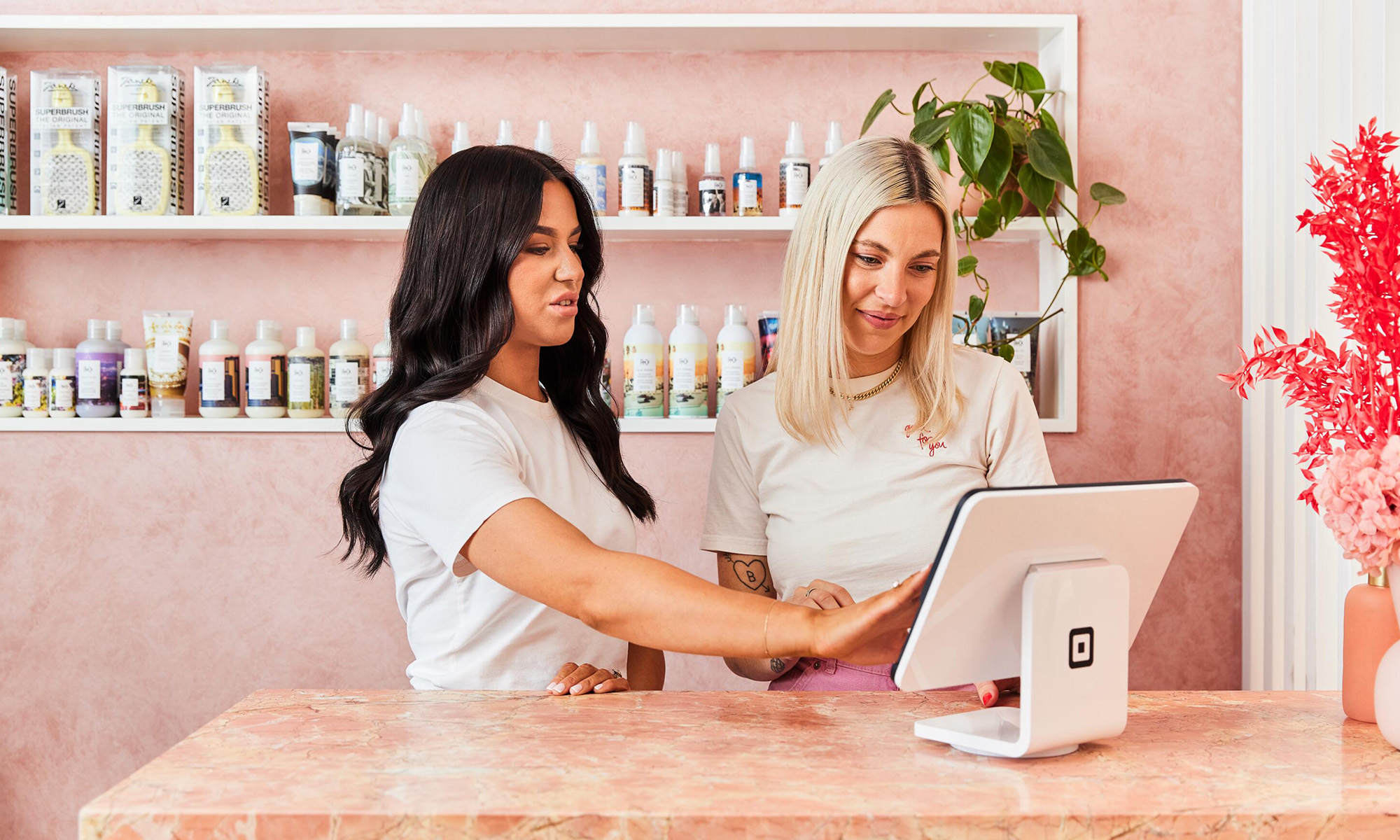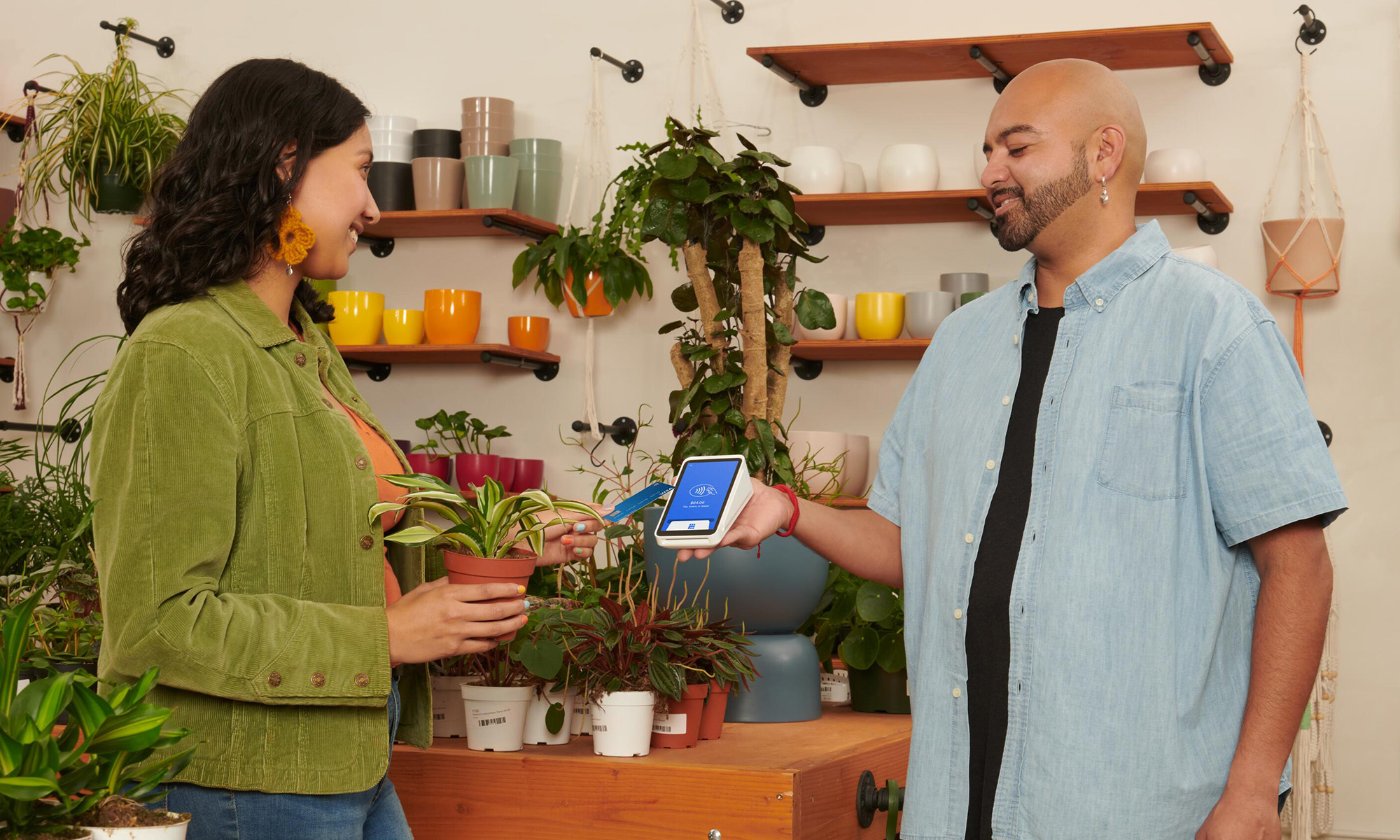Knowing how to read a balance sheet is an essential tool for all stock investors to have, and that's especially true when it comes to rapidly growing companies like Square (SQ 0.11%). In this Motley Fool Live video clip, recorded on Aug. 23, Fool.com contributor and Certified Financial Planner Matt Frankel gives an overview of Square's balance sheet and the key points investors should know.
Matt Frankel: Every financial report has three different financial statements. You have the balance sheet, the income statement and the cash flow statement. For newer investors especially, I always consider the first two, the balance sheet and the income statement to be the most telling. In terms of really trying to get a feel for the business. You can look through the cash flow statement, but I'm going to spend most of my time on the first two. On the balance sheet, the first thing to look at right here, and I think you could see my milestone when I'm sharing my screen here, is the cash that a company has.
It's really important, especially for high-growth companies that aren't consistently profitable like Square was profitable last quarter, but I wouldn't call them a consistently profitable business at this point. They are definitely prioritizing growth over profits. You want to make sure if business has a ton of cash relative to their capital spending needs. Square has about $4.6 billion of cash, which is pretty impressive. They have a bunch of other different sources of current assets, but a lot of them aren't really theirs, if you look four lines down customer funds, for example, the second biggest source, that's money say customers have deposited into their cash and stuff like that. The cash number, not assets, but the cash and cash equivalents is really what they have available to invest, make acquisitions, spend on marketing, things like that.
Going down to the next section. Your balance sheet is split into two sections. You have assets on the top and liabilities right here. Then at the bottom you have stockholders equity, which there is the same section. The key number to pay attention to in liabilities. A lot of the first few lines are temporary phase. Customers payable, that's money that they have on their balance sheet, but it's going to somebody else. One of their customers as a payout. Settlements payable, accrued expenses, things like that, PPP facility advances, that's obviously a temporary thing that's on the balance sheet. Those are current liabilities. Current liabilities are generally defined as anything that's going to be due within a year. Same with current assets as anything that they could easily liquidate or that will become liquid within a year.
Long-term debt is the real telling number in this section. But with Square's. I will put a big asterisk on it. It looks at first glance, Square has $4.6 billion of cash and a little over $4.8 billion of debt. Most of that debt is at very little interest. You'll see on the next page what they're paying an interest in. It's almost nothing. That's because pretty much all of Square that is in the form of convertible bonds. Meaning that they sell bonds to people that pay very little interest, but with the promise of being able to convert those into common stock if the price goes up to a certain amount. Just to name one example. In November they did a $1 billion convertible debt offering that pays 0.25% per year. They are pretty much getting that money for free. It will be convertible to stock at a share price, it's around $299. Worst-case scenario, shareholders will eventually get deluded a little bit.
But for that to happen, your stock price has to go up significantly. It's a win-win for everybody. In the meantime, they get this almost free capital to be able to grow with. That's the key points to notice on the balance sheet.






